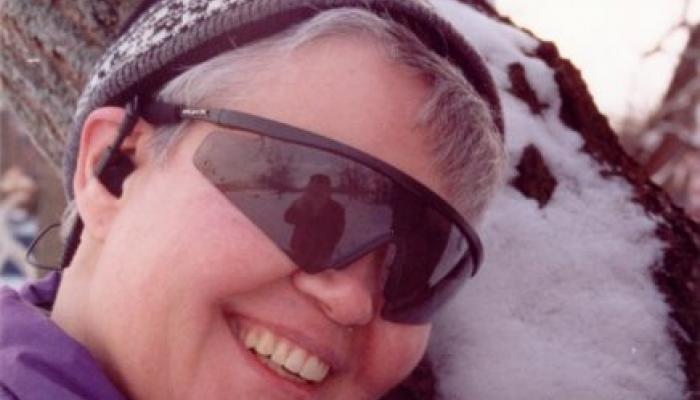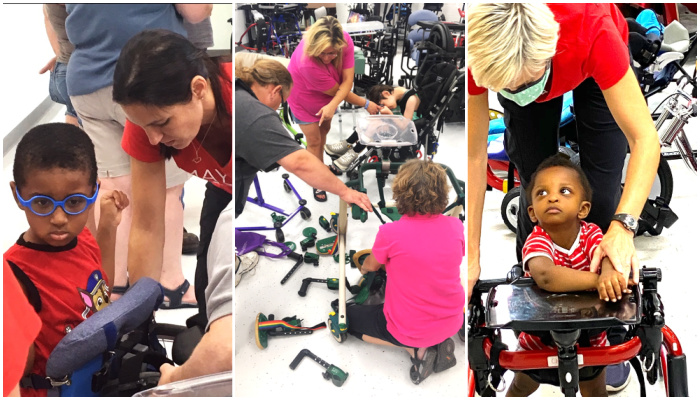Seeing Through Sound

There’s a lot of technology out there trying to bring “eyesight to the blind”, as they sing in The Who’s Tommy (check out this recent post on shoes that give directions). This one takes a different approach, using sound to represent shapes and objects and counting on the user to train their brain to interpret it as visuals.
It’s called “The vOICe” and it uses a camera to turn objects into sounds. For example, the sound pans left to right so the wearer can orient the direction something is coming from; high and low pitches indicate where the object is vertically; and loudness corresponds to dark and light, silence being black and very loud sounds being white.
There are a number of ways to wear the camera: on top of the head on a headband, on the bridge of a pair of sunglasses, or held in the hand. You want the camera to be mobile (after the initial training phase) because what makes this interesting is the possibility of using the technology to “see” what’s in front of you as you move around.
As you might imagine, this takes a little practice. I watched a video demonstration of a walk in the garden and found it confusing to understand. I think it would take some time to train my brain to translate the sounds into the landscape in front of me. But they do have a tutorial and lots of info on how to use this.
The software itself is free, though you need some sort of setup – netbook, laptop or tablet is best – plus some sort of camera (PC, webcam or those sunglasses with a camera in the bridge of the glasses) and a headset for hearing the sounds.
There are a lot of great details here, so if this sounds like something you’d like to try, check it out.
Related Posts

Eye Conditions and Syndromes, Visual Impairment
Neuralink Announces Plans to Restore Sight to the Blind with Brain Chip
Elon Musk’s company Neuralink has announced plans to begin human trials of its new “Blindsight” brain chip by the end of 2025.

Visual Impairment
The Gift of Understanding: How a Young Child Helps His Blind Father Navigate Life
When a parent is blind, it’s natural for people to wonder how their sighted child will adapt. Will they struggle to understand their parent’s needs? Will they feel burdened by...

Assistive Technology, Support
May We Help: Engineering Independence for People with Disabilities
May We Help is dedicated to designing and building custom solutions that help individuals of all ages achieve mobility, access, and independence, all at no cost.